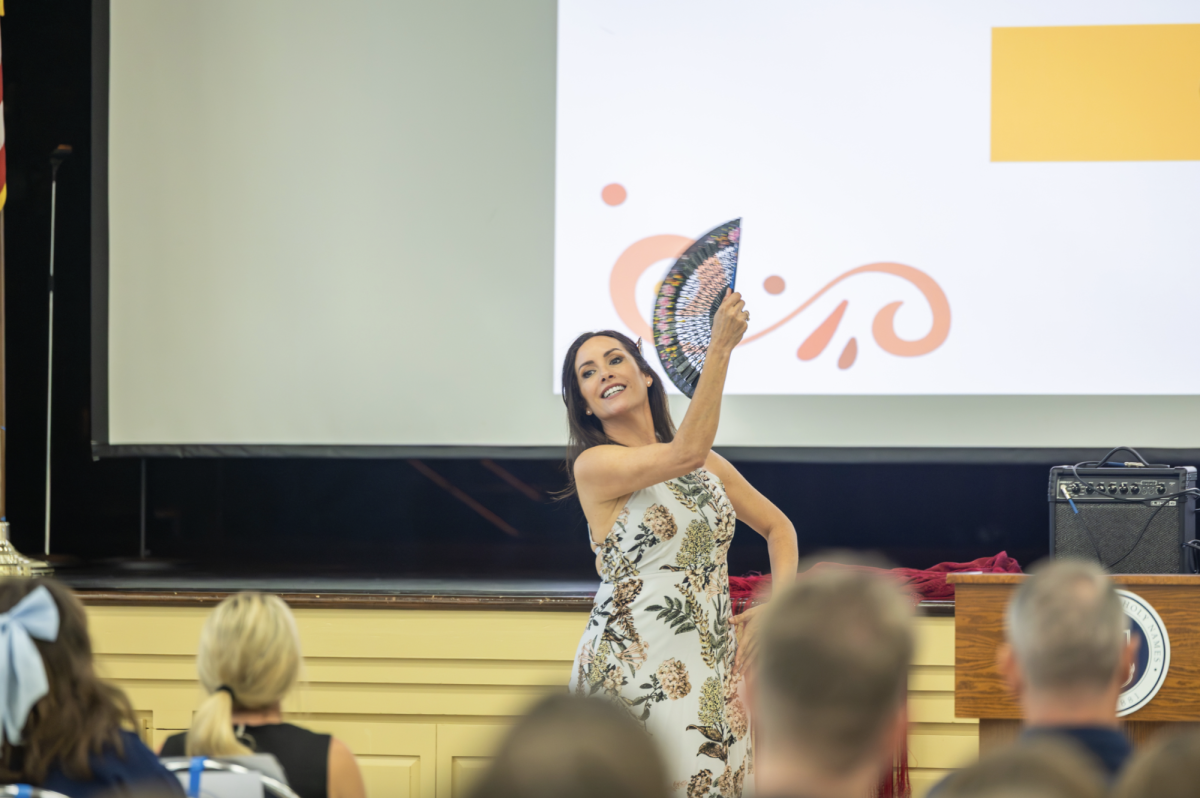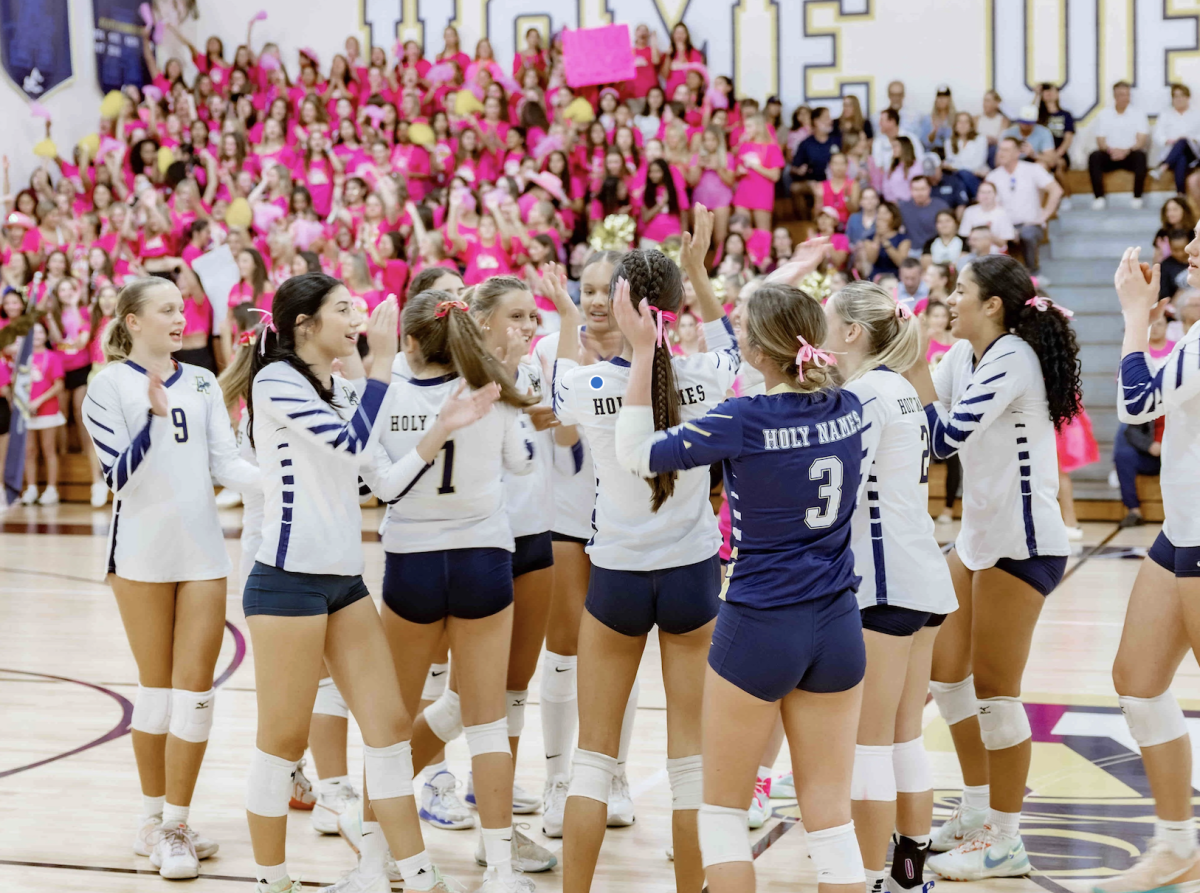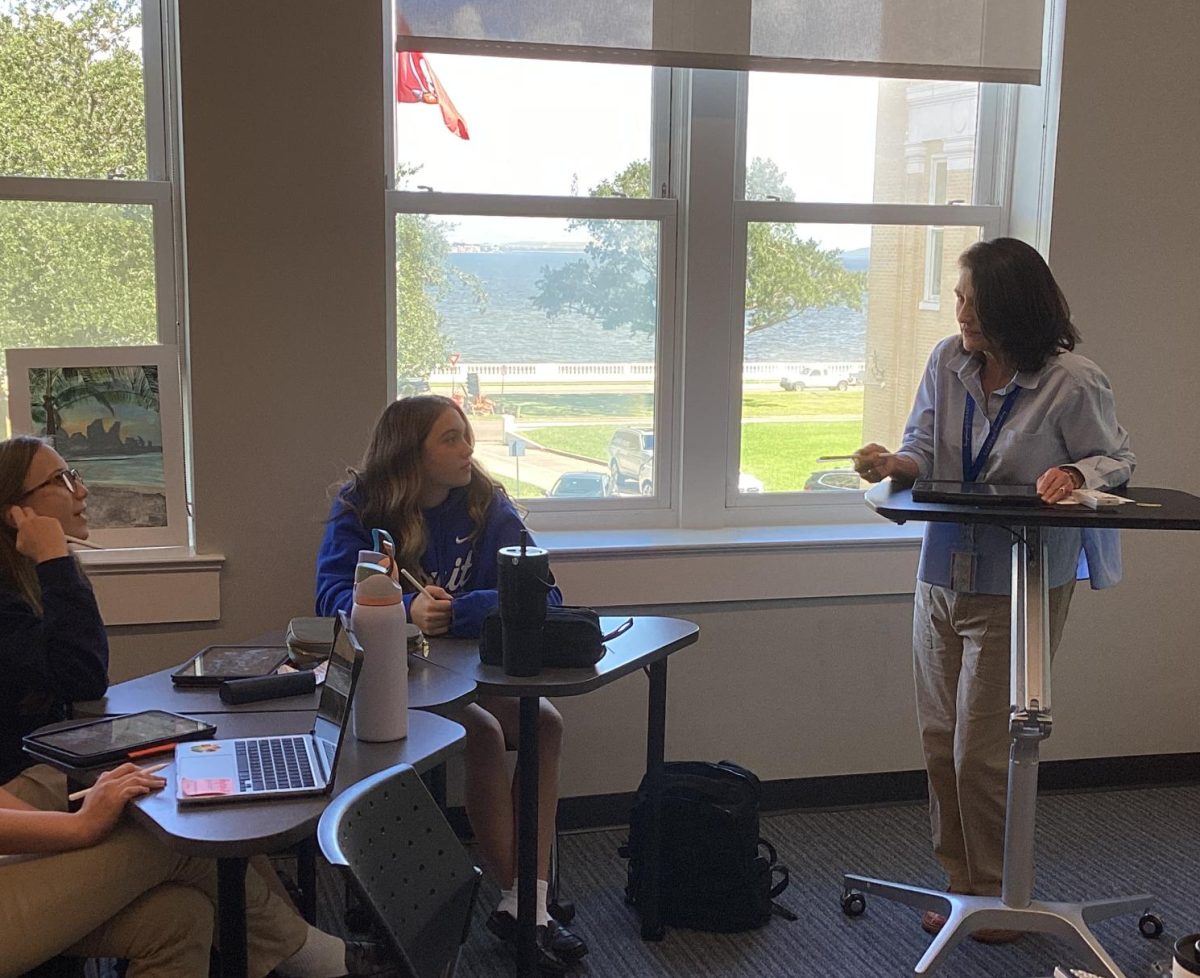Runners train for years to have the chance to finish the annual Boston Marathon. It is their dream to cross the finish line. This year’s marathon was no different. On April 15, 2013, runners gave all of their effort in the last stretch as they saw the legendary checkered flag only a mere couple of feet away.
However, their vision of victory was overshadowed by another image. A bomb exploded at 2:50 PM, right before the finish line on Boylston Street. About ten seconds later, a second bomb exploded one block away from the first.
As usual, the news exploded seconds after it happened. The New York Times a high priority notification to its app-users. CNN had it under their breaking news. Radio stations across the country relayed the events to its listeners. Many modes of communication were used and almost everyone had heard of the tragedy by nightfall.
However, this rush of news coverage only delayed the reporting of accurate facts. Many news writers reported events that proved to be false. Unfortunately, it was too late to retract the rumors that many readers now believed were true. One example was the fire in the John F. Kennedy Library that was reported as the result of a bomb explosion related to the other bombs. This news proved to be false and unrelated.
Many news stations reported that all cell phone services had been shut down by the police to stop any cell-phone-detonated devices. This report was also the work of rumors around Boston, whose networks were overwhelmed by the number of phone calls made and slowed the connections. Before the Boston Police Department confirmed any deaths at the scene, The New York Post had “confirmed” ten deaths. No one knew the extent of what was occurring, and the scatter-brained media disregarded the main authorities on the case.
Not only did these reports create havoc among the public, it also hindered the authorities whose jobs rely on accurate information. Police and detectives were overwhelmed by the onslaught of the media demanding answers. the confusion caused police and paramedics to accidentally mix up the identities of a survivor and a victim. The family of Krystle Campbell, one of the victims in the bombings, was told she was wounded in the hospital. However, when the family arrived, they were shocked to hear that Krystle had actually passed. Perhaps if reporters had been patient and waited for verification of facts, authorities might have not made the mistake and could have handled the situation with accuracy.
Along with the news media, Twitter also helped with the spread of false information. Twitter was the backbone for the spread of Boston news, true or not. Millions of users on Twitter watched their newsfeed as events unfolded. Users relied on unofficial sources and their friends’ retweets. False stories started to spread through the Twitter-verse. One fake account was created with the handle @_BostonMarathon. It claimed that for every retweet, one dollar would be donated to an unnamed fund. Unfortunately, the Twitter account churned out 52,000 retweets, spreading false reports to many parts of the world.
Twitter noticed the account, and immediately shut it down to prevent further retweets. Other stories from many different accounts spread. News such as an eight-year-old girl dying in the race was tweeted about multiple times accompanied with a picture of her. This news also turned out to be false. The photo was taken from a website based in Washington DC, definitely nowhere near Boston. The website stated on their homepage that the picture was “being used fradulently.”
Another photo of a man looking over a girl on the floor was accompanied with a heart-wrenching passage that stated how he was going to propose to her, but she died in the explosion. This story was also false and only served to help people in their shallow journey for endless retweets.
This year the marathon was dedicated to those affected by the Newtown shooting. The media also tried to gain inspiration from that tragedy. After the miscommunication of names with the Lanza brothers, the news media tried to proceed with caution. However, consistent errors in reporting the news proved that the media had not learned from their errors during the Newtown tragedy.
Embarrassed and ashamed of these errors, newspapers and TV reporters retracted reports soon after they realized they were wrong, but once news is released, it is hard to ensure that readers and viewers have adjusted their understanding of a tragedy of this magnitude.
The media’s mishandling of the Boston Marathon and Newtown tragedies has emphasized that news releases need to wait on facts received from public officials and not from social media. Despite its advantage of publishing immediate on-the-scene photos and first-hand reactions, Twitter as a whole should be taken with a grain of salt. It is the professional media’s job to inform the public of events occurring around the world. Speculative stories are not a part of that description.









